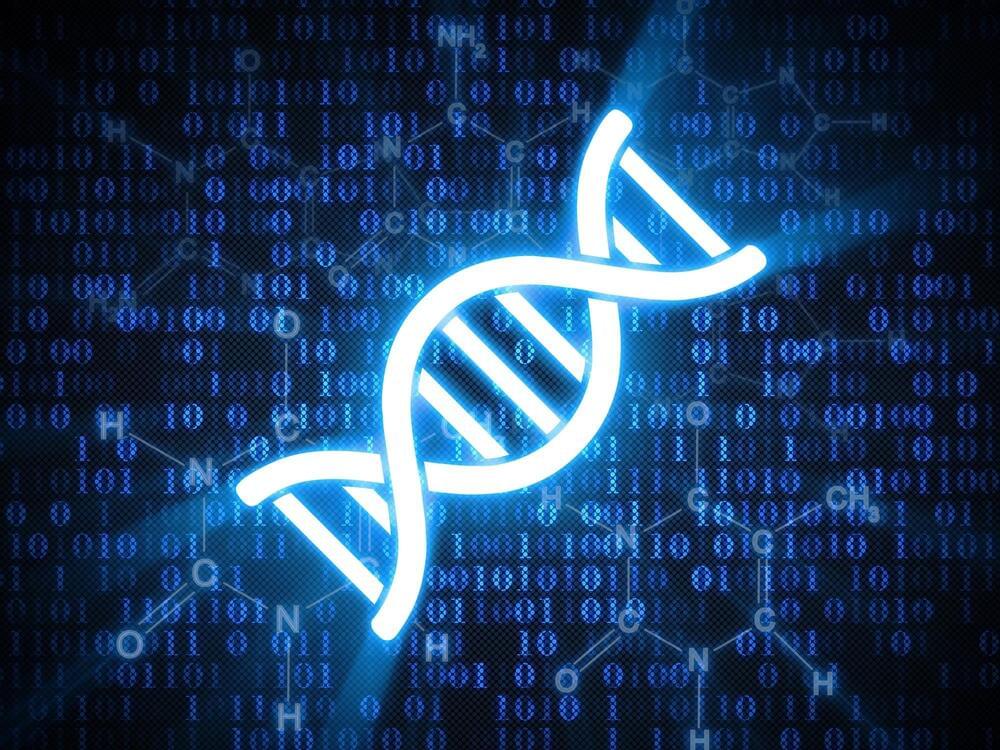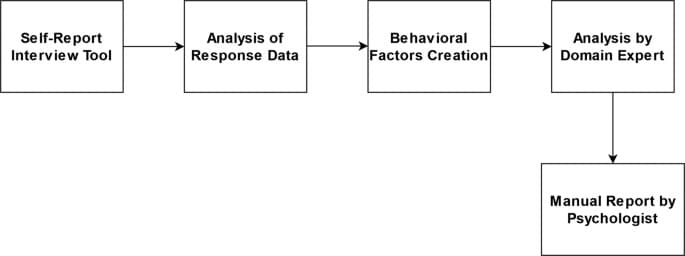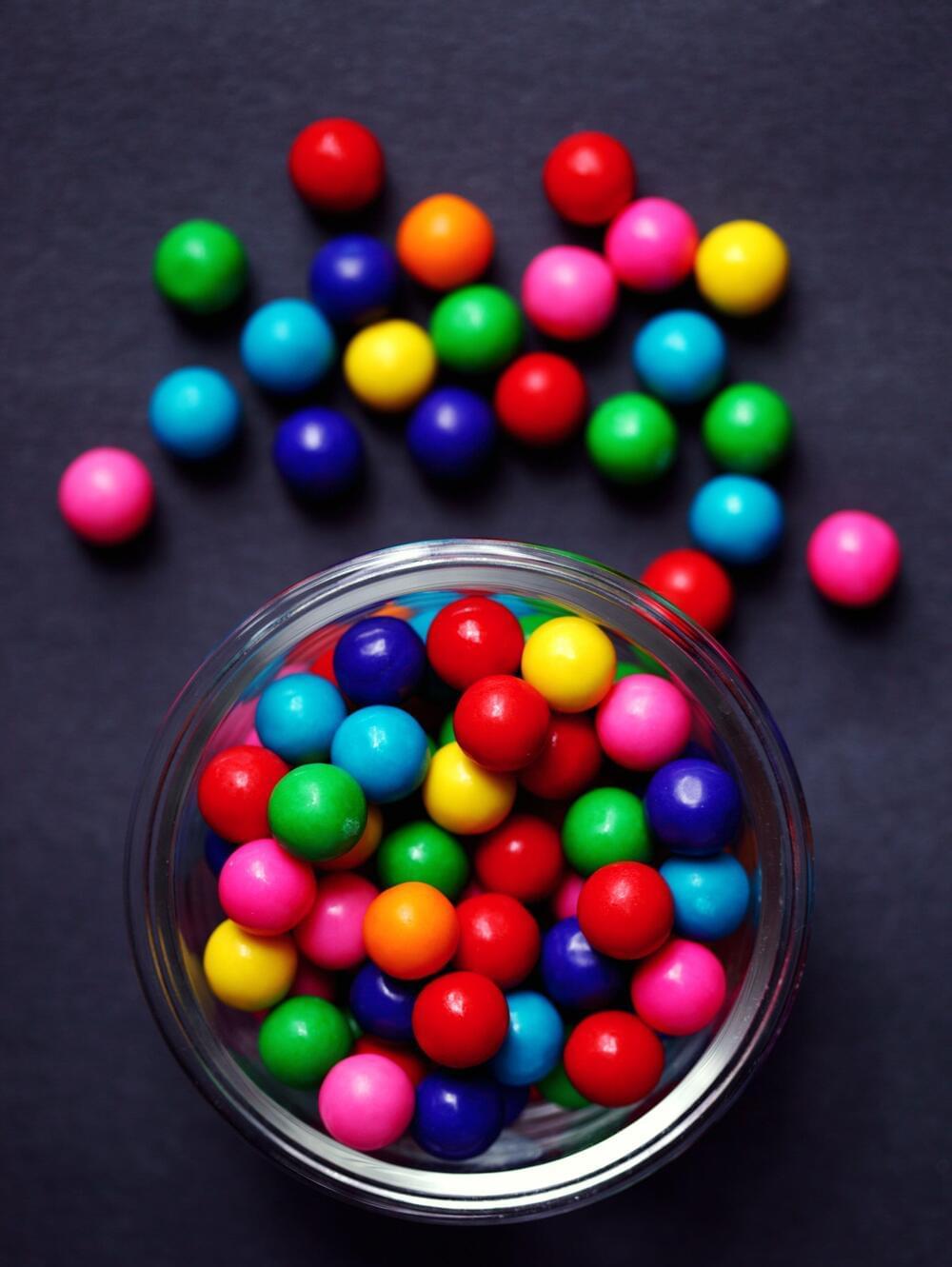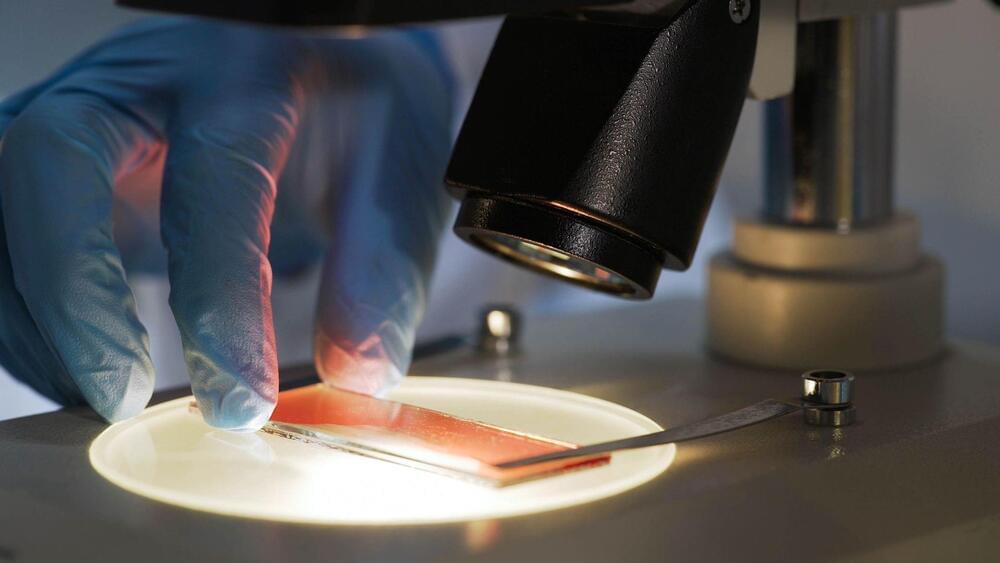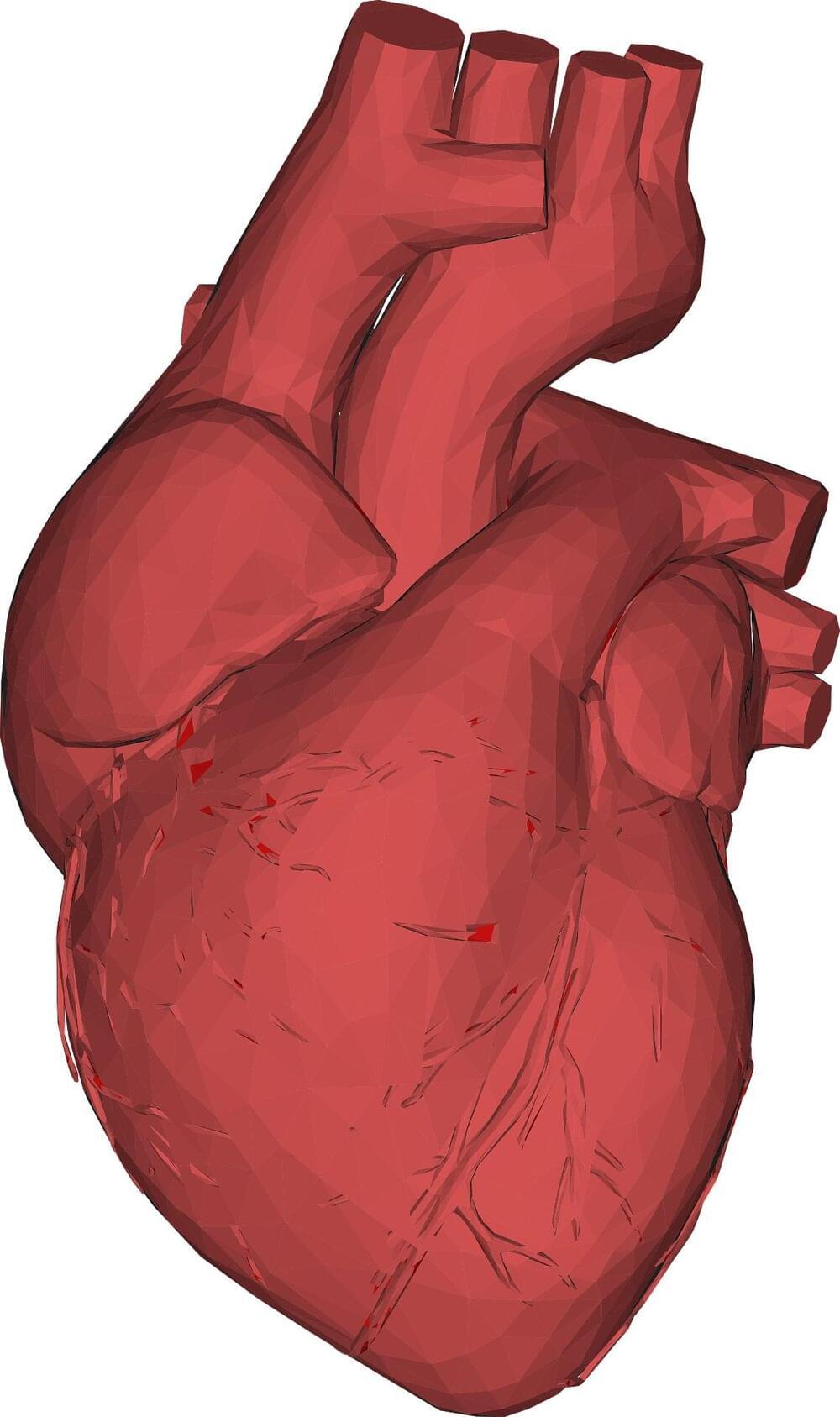DNA can be utilized to reliably store massive amounts of digital data. However, it has hitherto proven challenging to retrieve or manipulate the specific data embedded in these molecules. Now, scientists from the CNRS and the University of Tokyo have developed the use of a novel enzyme-based technique, providing the initial clues as to how these technical obstacles may be overcome. Their research was recently published in the journal Nature.
Nature has unquestionably developed the best method for massive data storage: DNA. Based on this knowledge, DNA has been used to store digital data by translating binary (0 or 1) values into one of the four different DNA “letters” (A, T, C, or G).
But how can one search through the database of data encoded in DNA to discover a certain datum? And how is it possible to execute computations using DNA-encoded data without first transforming it into electronic form? These are the questions that research teams from the LIMMS (CNRS / University of Tokyo) and Gulliver (CNRS / ESPCI) laboratories have attempted to answer. They are experimenting with a new approach using enzymes and artificial neurons and neural networks for direct operations on DNA data.
